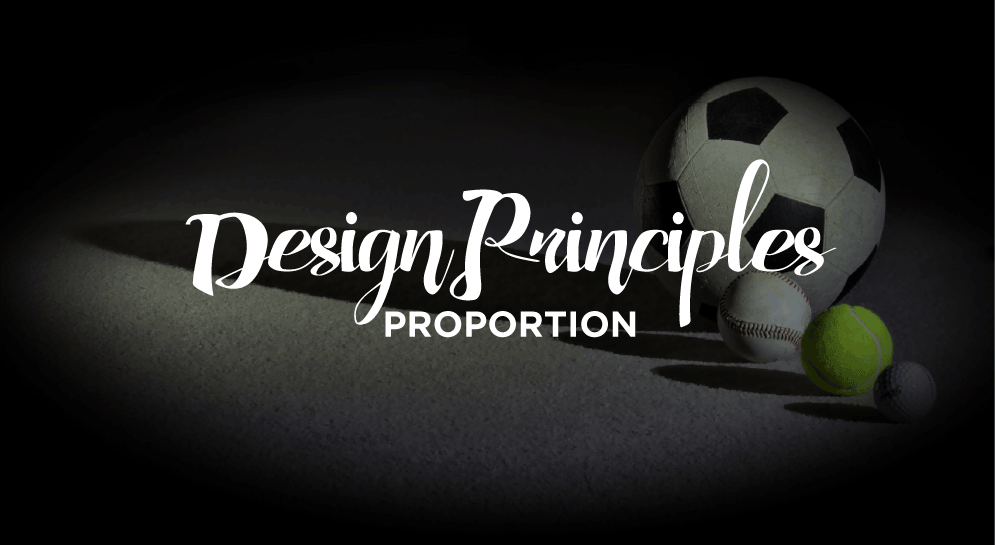Does someone you know have the tendency to blow things way out of proportion? This English idiom means that someone exaggerates something beyond what it actually is. It is overreaction or overstatement.
More...
As a principle of design, one must also consider proportion when designing. One source states it this way:
Proportion refers to the relative size and scale of various elements in a design. The issue is the relationship between objects, or parts, of a whole. This means that it is necessary to discuss it in terms of the context or standard used to determine proportions.
Proportion Based on Context
When something is in or out of proportion, that “something” is often judged based on the context of the situation. The human body is a perfect example of this. For example, when we say someone has a big nose or ears that are way "out of proportion." In this case we make our judgments based on the standard of the normal human being. Humans look a certain way and normally have facial features that take up a certain percentage of their face. This is normal, standard. So if someone has features that are "out of proportion," they depart from what is considered standard.

Proportion Based on Relationship
Another way to look at it is the relationship of parts to the whole. In the same example, if someone’s nose is out of proportion, its sizing is much different than other facial features. In design, the goal is a harmonious relationship between elements.
Though a harmonious relationship is typically desired, art and design that is intentionally disproportionate makes a statement. For example, architecture intended to make an impression is typically a size that dwarfs the human viewer. Examples of this are cathedrals, skyscrapers, or government buildings.
Conversely, homes are typically much smaller. They are comfortable and inviting.
As we can see, relationships between objects in life, and especially in art, are used to make a statement. Proportion (and things being in it or out of it) is one example of how God infused logic into the universe. We look at something and often make snap judgments based on how it appears. These judgments often occur because of proportion, though we may not recognize it.
Next time this happens, think to yourself, “is my judgment based on what I consider normal?” or “how is this in comparison to the big picture?” Considering proportion often gives us perspective.
Considering proportion often gives us perspective.


perfect
thank you for a very good article
Thank you for your encouragement bahis!
… [Trackback]
[…] Read More here: inklingcreative.ink/proportion/ […]